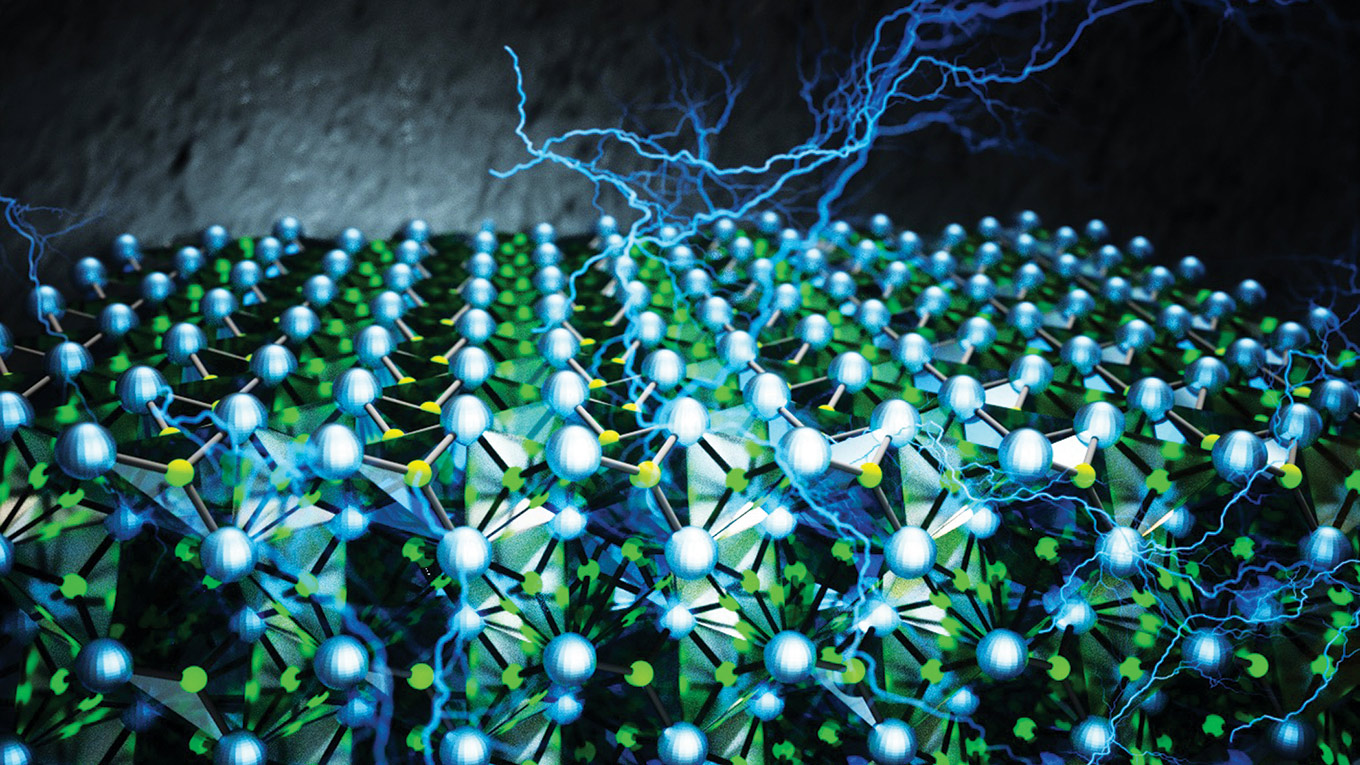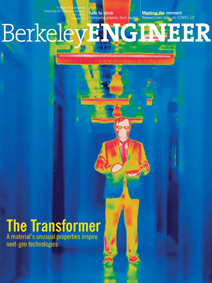
Small wonder
In order to advance the next generation of microelectronics, the technology that powers these devices needs to get smaller and thinner. One of the key challenges scientists have faced is finding materials that can perform well at an ultrathin size. But now Berkeley researchers think they may have the answer in ferroelectric materials, which can not only achieve spontaneous electric polarization, but also reverse direction of polarization when exposed to an external electric field, showing promise for electronics. Led by Sayeef Salahuddin, professor of electrical engineering and computer sciences, and graduate student Suraj Cheema, a team of researchers managed to grow doped hafnium oxide, one nanometer thick, onto silicon. Not only did the ultrathin material, equivalent to the size of just two atomic building blocks, demonstrate ferroelectricity, but the effect was actually stronger than materials several nanometers thicker — a “fundamental breakthrough” in the field of ferroelectricity, Salahuddin said. As a result, the ultrathin material can efficiently power the smallest of devices with lower amounts of energy. This finding holds great potential for memory and logic chips in computers and could also lead to more advanced sensors and energy storage devices.
Read more: Researchers discover ferroelectricity at the atomic scale

